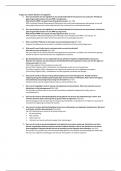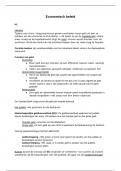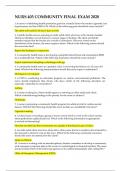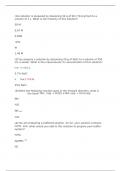Samenvatting
Summary Pharmaceutical Analysis and Instrumental Analysis
- Instelling
- Rijksuniversiteit Groningen (RuG)
This an extensive summary which represents the courses Pharmaceutical Analysis and Instrumental Analysis. This summary is written in English.
[Meer zien]














